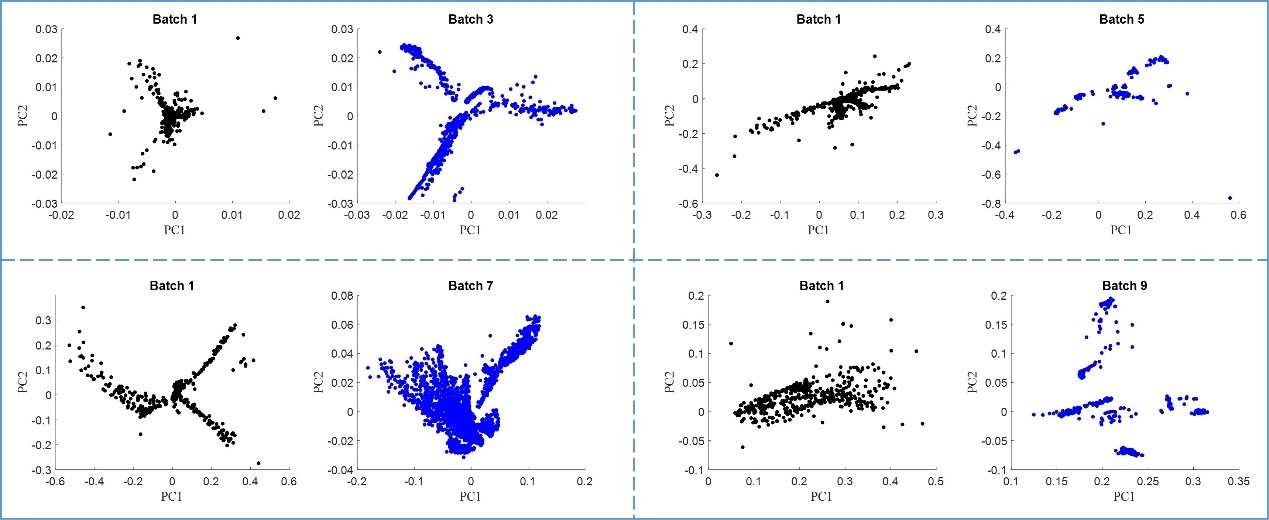Researchers Propose Novel Correction Method for Gas Sensor Drift Problem
Sensor drift is one of the most severe problems that gas sensors suffer from. Aging and poisoning of gas sensors as well as uncontrollable factors such as humidity and temperature variations may cause this problem.
Researchers from the Center for Intelligent and Biomimetic Systems, Shenzhen Institutes of Advanced Technology (SIAT) of the Chinese Academy of Sciences, developed a subspace learning-based domain adaptation method, which could potentially alleviate the gas sensor drift problem.
The study was published in IEEE Transactions on Systems, Man, and Cybernetics: Systems.
The researchers proposed a gas sensor drift compensation approach based on local discriminant subspace projection (LDSP).
The proposed approach aimed to find a subspace to reduce the distribution difference between two domains, i.e., the source and target domain. The mean distribution discrepancy was minimized in the common subspace in this approach.
LDSP not only considered the label information of the source data to reduce the possibility of the case that samples in the subspace with different class labels stay close to each other. It also borrowed the idea of locality-preserving projection to deal with multimodal data. The formulation of LDSP, which was a generalized eigenvalue problem, could be readily solved.
The experimental results showed that the proposed method outperformed other gas sensor drift compensation methods in terms of classification accuracy on the public gas sensor drift datasets.

Sample distribution discrepancy among batches using the LDSP method (Image by SIAT)
https://ieeexplore.ieee.org/document/9115818/authors#authors